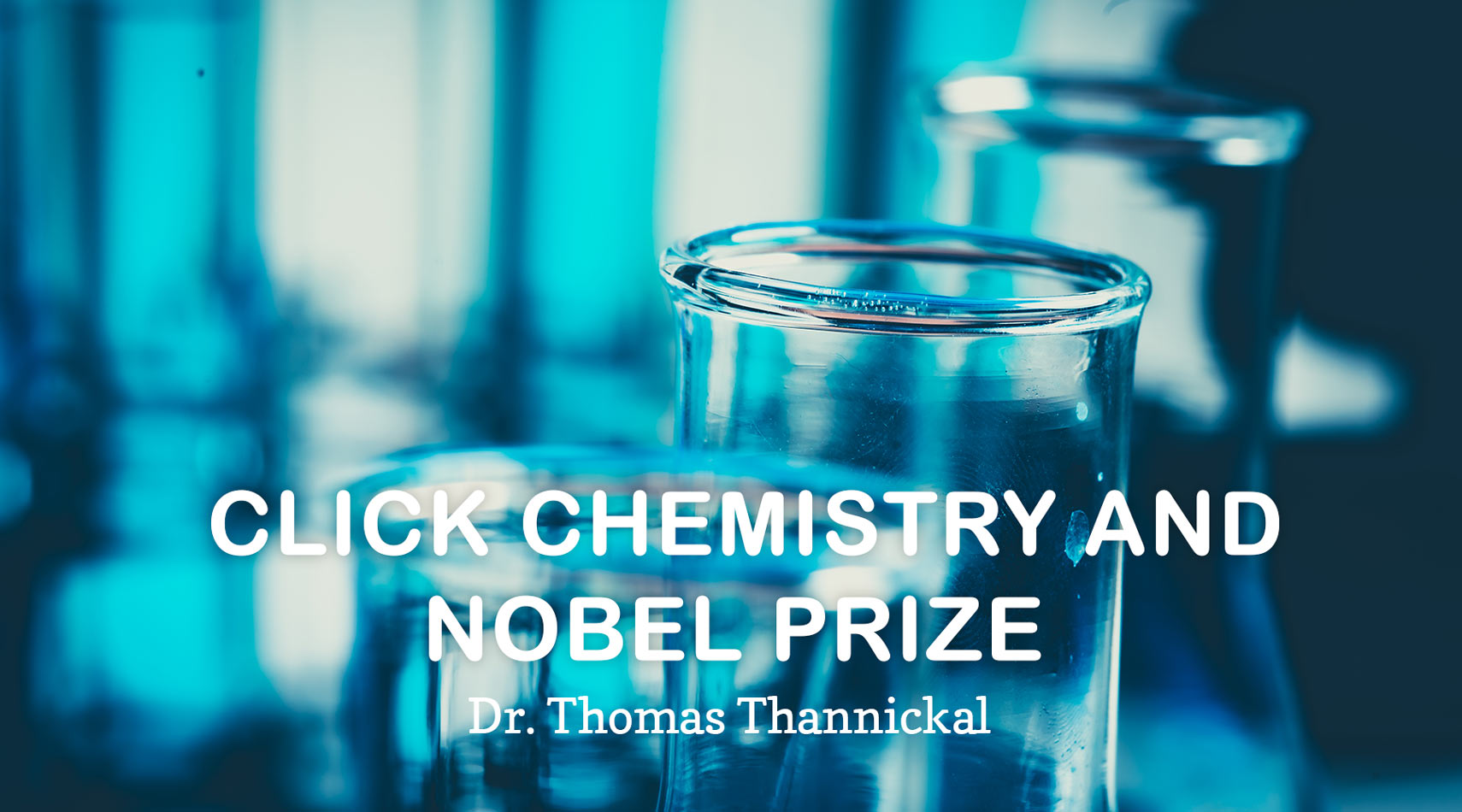The 2022 Nobel Prize for Chemistry was awarded to a trio for the contribution of “click chemistry and bioorthogonal chemistry.” Click chemistry is a new method of manufacturing molecules that can accelerate drug discovery by utilizing a few practical and reliable reactions.
The winner of the 2022 Chemistry Nobel Prize
Dr. Carolyn R. Bertozzi is a Professor of Chemistry at Stanford University. In 2000, she started utilizing click chemistry in living organisms. She developed a bioorthogonal method which involves a set of reactions in living organisms. These reactions, though, do not disrupt the cell’s regular activity. Such reactions are used to explore cells, track biological processes, and improve the targeting of cancer pharmaceuticals.
Dr. Morten Meldal is a Professor at the University of Copenhagen, Denmark. He and Barry Sharpless, in 2002, independently developed the efficient chemical method: the copper-catalyzed azide-alkaline cycloaddition. It is now employed for the development of new drugs, for mapping DNA, and for creating new materials.
Dr. Barry Sharpless is a Professor at The Scripps Research Institute, California. Sharpless is a two-time Nobel Laureate in Chemistry. In 2001, he received the prize for his studies on “chirally catalyzed oxidation reactions,” and in 2022 for “click chemistry.”
Click Chemistry and Bioorthogonal Chemistry
In 1998 Sharpless and colleagues articulated the term “click chemistry.” The logic behind click chemistry is simple:
(i) new molecular properties are needed everywhere.
(ii) such properties can emerge from the joining of small molecular building blocks;
(iii) scientists and engineers not trained in synthetic chemistry often lack the skills and equipment needed to perform such connecting operations reliably; and
(iv) chemical methods exist, and more can be developed, that make molecular connections quickly. Bioorthogonal chemical reactions emerged as convenient and fast methods for adapting unnatural functional abilities into living systems. Different prototype reactions have been optimized for use in natural settings. Click chemistry is a class of biocompatible small molecule reactions usually used for bioconjugation, allowing them to join substrates of choice with specific biomolecules. It explains a path of producing products that follow examples in nature. It also generates substances by joining small modular units. Click chemistry is limited to biological conditions and has been used in chemo-proteomic, pharmacological, and various biomimetic applications.
Advantages of click and bioorthogonal chemistry
Click chemistry is a way to build molecules like snapping Lego blocks together. It takes two molecules to click, so it refers to each one as a click partner. Barry Sharpless and Morten Meldal separately made the discovery that azide and alkyne are best click partners with a copper catalyst. The clipper catalyst could bring the two groups together in an optimal condition that snaps them together. Previously used techniques did not have a way to rapidly and precisely make new molecules under accessible conditions. Chemical biologists understand that click reactions can be a new approach to probing biological systems because they produce little to no toxic byproducts and can happen quickly. Carolyn Bertozzi was able to devise a workaround for this issue by removing the copper catalyst from the reaction. She made this by introducing the alkyne into a ring structure. It drives the reaction forward without perturbing cells’ normal chemistry, the bioorthogonal reactions that occur in the chemical environment of the cell.
Why are these techniques so important?
Visualizing molecules in living cells in their original state is difficult. Click, and bioorthogonal technique is a solution for this. Biological environments are so complex, and tracking molecules in the body is difficult. Without affecting the normal chemistry of the cell, it was impossible to add a probe to the molecule of interest. The new technique, click and bioorthogonal reactions, can add a GPS tracker to the molecule of interest without altering the rest of the cell.
Conclusion
Click chemistry is elegant and efficient. It allows chemicals to join easily as they click together. The simplicity of its uses spread quickly across the field of chemistry with the applications in DNA sequencing and drug industry. There is no doubt that the applications of the new technique will expand and be applied to the world’s most pressing issues.
Reference:
https://www.nobelprize.org




